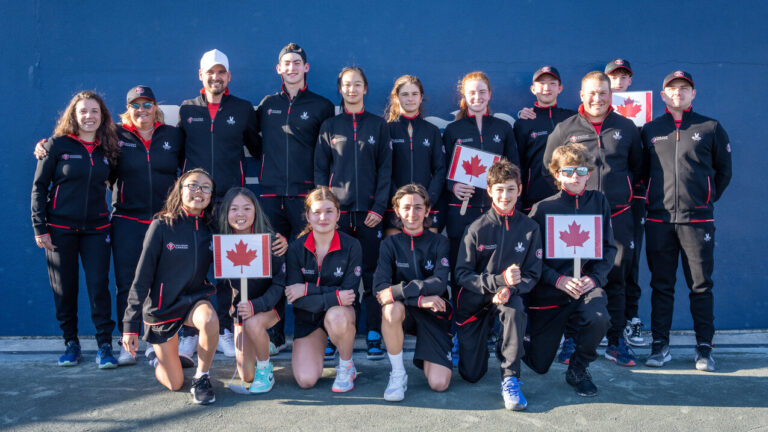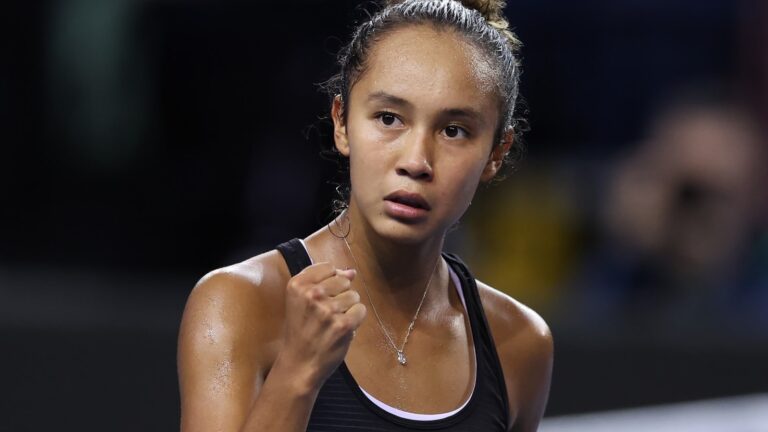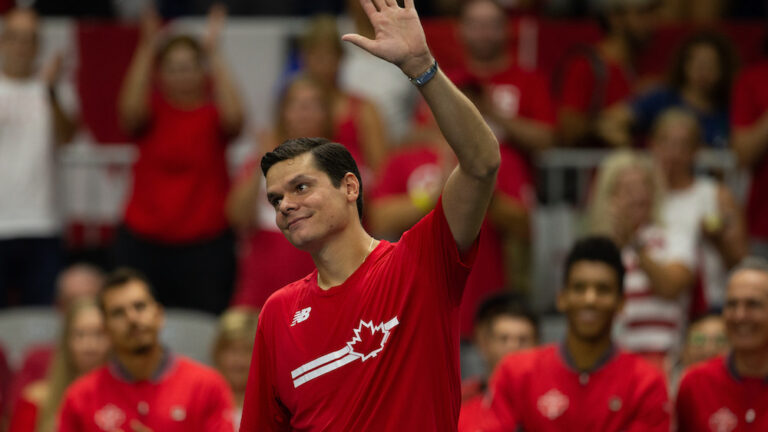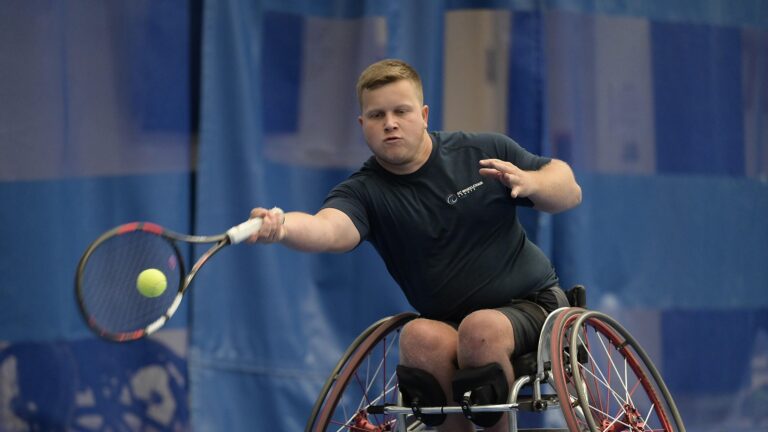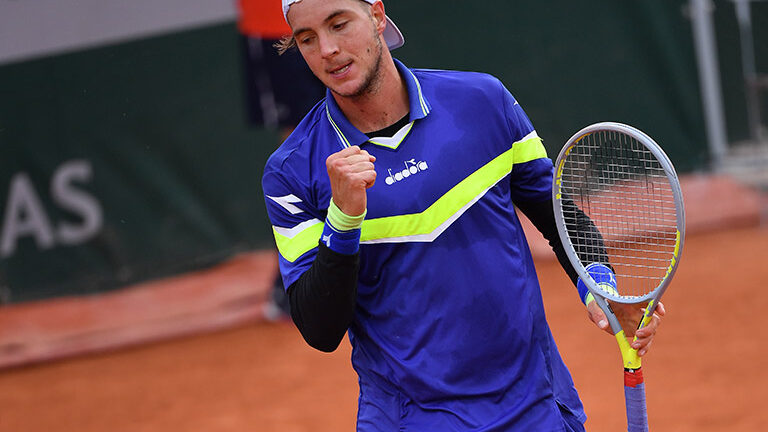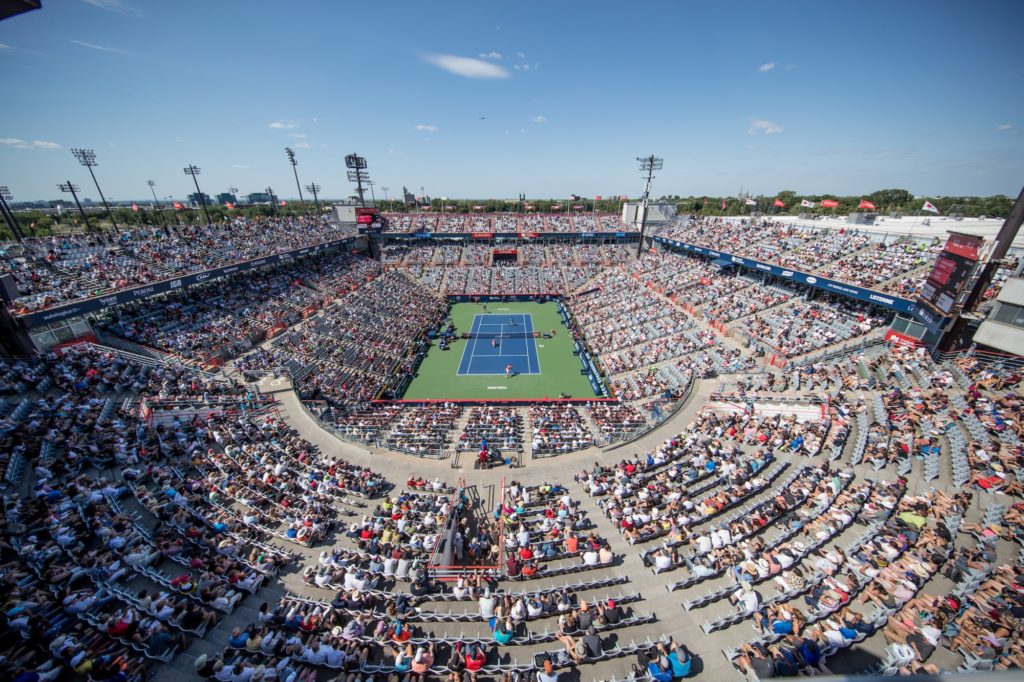
Photo : Tennis Canada
What a relief!
After being postponed in 2020, then a possible second one in 2021, tennis fans across the country have finally received some positive news from Tennis Canada as the National Bank Open announced its players list for the Toronto and Montreal tournaments.
Thus, in Montreal (WTA) and Toronto (ATP), the crème de la crème of world tennis is scheduled to return for our great pleasure, between August 7 and 15.
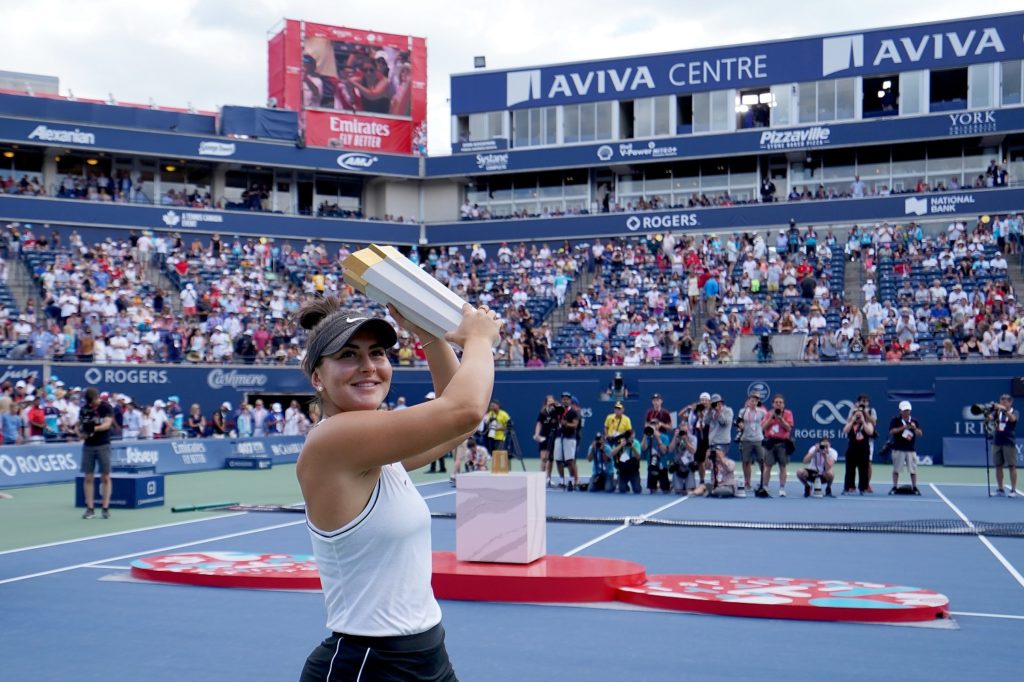
All details can be found here, for the ladies…
And the men as well…
World’s best ATP players to come to Toronto for the National Bank Open presented by Rogers
As many as 5000 people could be welcomed in the stands for each session.
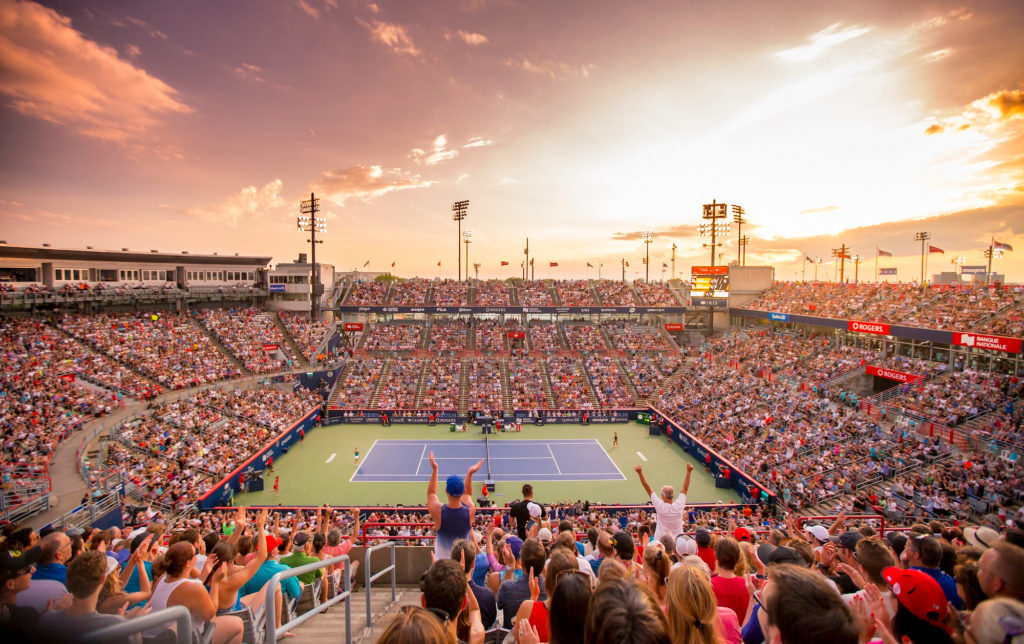
We can easily imagine the relief in the Tennis Canada offices. At some point, their leaders had to juggle all kinds of scenarios, one of which would have been to move the event to Cincinnati and make it a double header with the Western & Southern Open, as the latter had to do in 2020 with the US Open in New York.
Fortunately, this will not happen and it seems Canadian tennis fans will be able to watch their favourite players in the second week of august, just as they could do before the pandemic.
20-20-20
For many of you, 20-20-20 is plant food.
But since July 11, 2021, it’s the number combination that most aptly describes the bottleneck in the race for GOAT in men’s tennis.
That’s 20 Grand Slam titles for each member of the Big 3. That’s Roger Federer, Rafael Nadal and Novak Djokovic in that order, since the FedExpress got to 20 in January 2018. Rafa joined him in September 2020, and Nole found his way there just last week.
The most fascinating aspect of the race is the sprint that Djokovic started running when Federer hit 20. Back then, the Serbian star had only 12 Grand Slam trophies, and few would have predicted he’d collect 8 more. That means he’s played in 12 majors and hoisted 8 championship trophies since Wimbledon 2018. Mind-blowing.
With 20 secured in his trophy case, he paid tribute to the rivals who’d gotten there first.
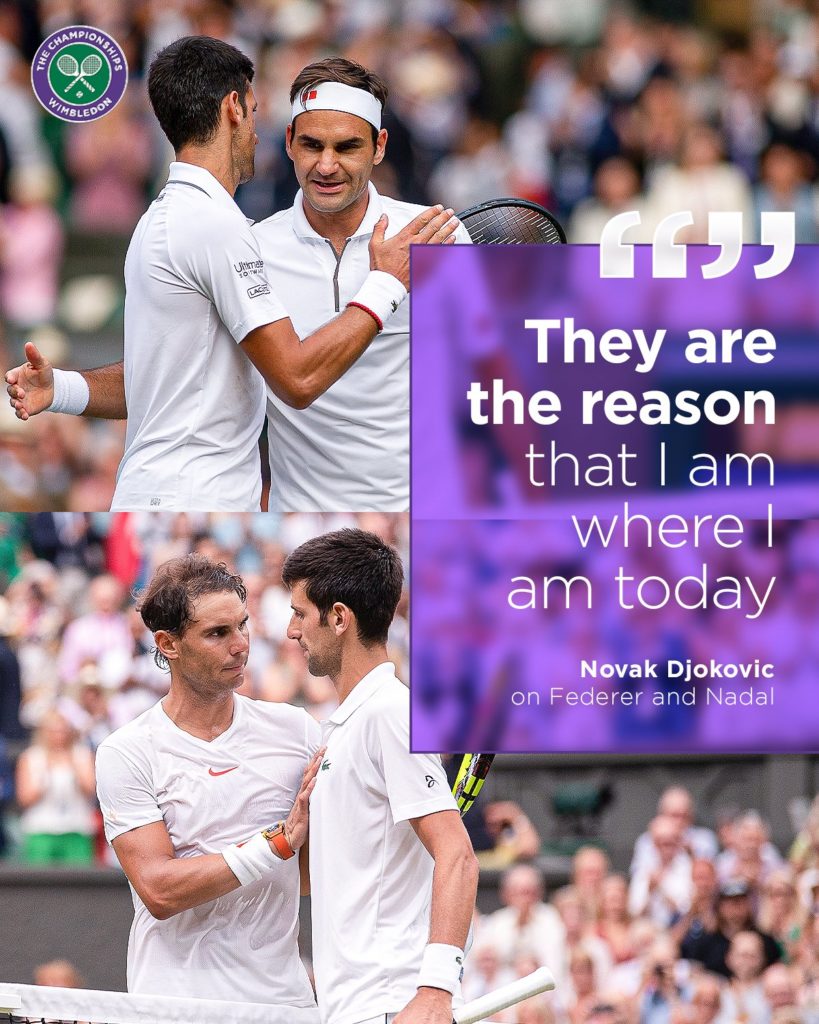
But before taking bets on whether he’ll shatter the all-time tennis record of 24 Grand Slam crowns, all eyes will be on the Djoker in New York, where he’ll be aiming to achieve a calendar-year sweep of the majors—THE Grand Slam.
If he wins the US Open and the Olympic Games, he’ll be the second member of the uber elite club of Golden Slam winners chaired by tennis legend Steffi Graf (1988).
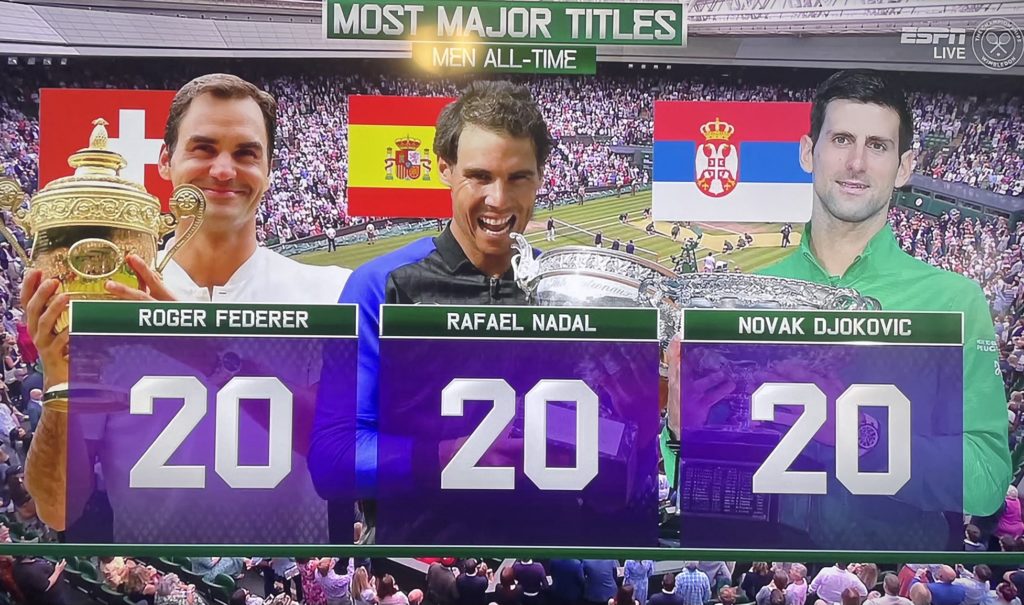
Marija Cicak, finally!
The choice of chair umpire for a championship match has rarely been so extensively discussed.
The Djokovic-Berrettini clash was called by Marija Cicak. Yes, a woman.
Only normal, you say? Not really, since it was Wimbledon, the temple of tennis tradition. But as time has taught us, not all traditions are good traditions.
Cicak was the first woman to sit in the chair for a men’s final in London.
Most of you probably wouldn’t have noticed if it weren’t for the reactions in the Twittersphere. Women’s finals are overseen by men all the time, and men’s finals are overseen by women all the time.
Except at Wimbledon, before July 11, 2021.
Now that the sports and social anachronism has been rectified, let’s talk about the chair umpire herself.
Marija Cicak, 43 years old, is credibility incarnate. She’s been a gold badge chair umpire for the past decade and presided over the John Isner vs. Kevin Anderson semifinal at Wimbledon in 2018, as well as the 2014 women’s final that pitted Eugenie Bouchard against Petra Kvitova.
Personally, I’ve always admired her work—an appreciation that only grew in the eight years I spent as a WTA, ATP, Billie Jean King Cup and Davis Cup tennis commentator. And I know my analyst friends would agree.
From her chair, Marija Cicak was a reassuring presence for fans and players, even when her calls didn’t go their way. She was cool, calm, collected and firm in every discussion and contentious situation and showed no bias or familiarity, tennis star or not.
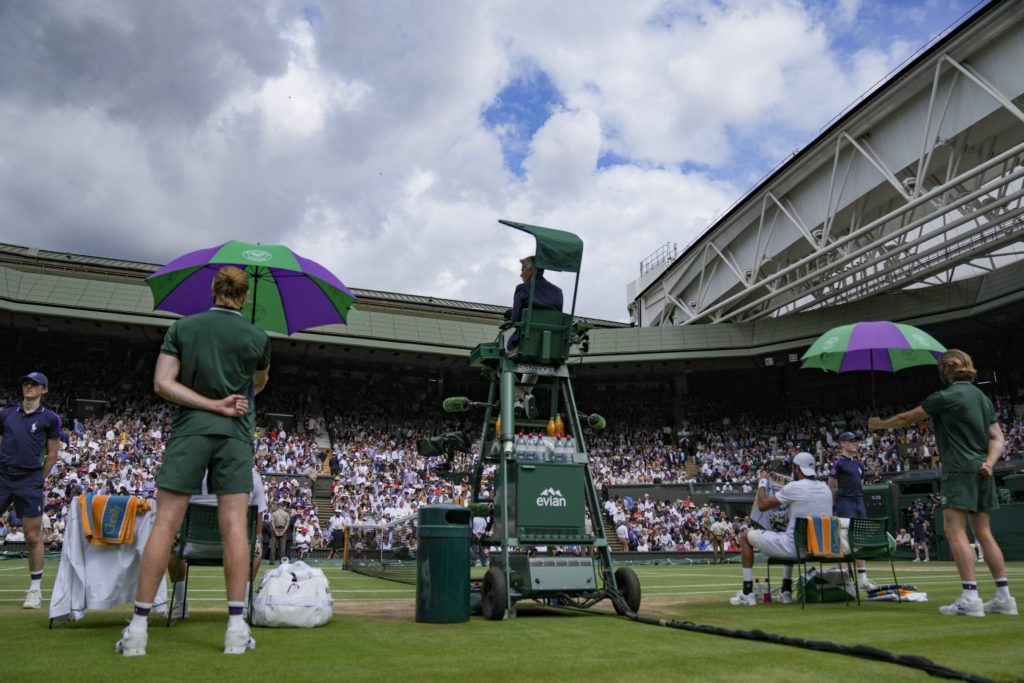
There aren’t any data on the number of line judge calls overruled by chair umpires, but Cicak was rarely wrong. She didn’t take precedence often, but when she did, you could bet a can of tennis balls she was right.
Wimbledon finally enters the 21st century, and not a moment too soon.
New heights for Félix and Shapo
The grass court campaigns led by our young guns were a resounding success.
Denis Shapovalov and Félix Auger-Aliassime had so-so performances on clay (7-5 and 4-6 records, respectively) but shone bright on grass (9-3 and 10-3), to everyone’s relief.
After their runs, Shapo rose from No.14 to No.10, and Félix shot up from No.21 to No.15.
Competing in the second week of a major forced them both to change their short-term plans, and they made the wise decision to skip the clay court events after Wimbledon (the Nordea Open in Bastad and Hamburg European Open).
With the hard court season about to get underway, the Canadians will be seeking to capitalize on their momentum. Take a quick look around the ATP Top 20, and you’ll see that it won’t be easy. Still, Félix and Denis have proved they can outmaneuver just about anyone, except the top four.
And confidence can work wonders.
Canada seems closer than ever to having two of its own in the ATP Top 10.
Ashleigh Barty: the face of the WTA
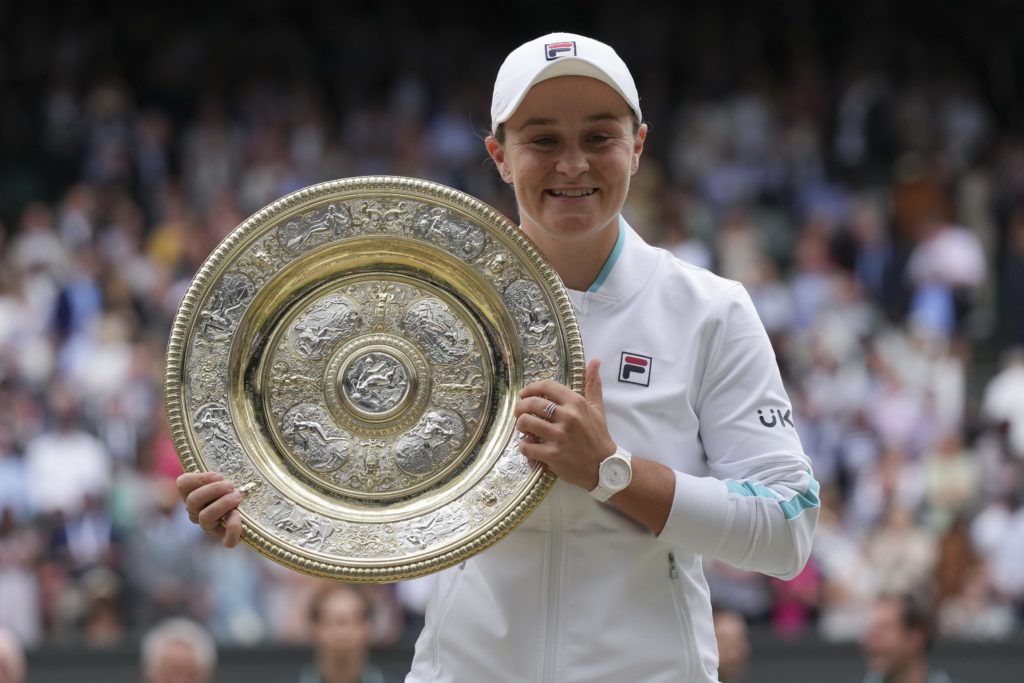
For many years, Roger Federer was THE face of men’s tennis, which, at the moment, is more of a three-headed Hydra until either Nadal or Djokovic pulls ahead.
On the women’s side, the WTA was led by Serena Williams by virtue of her spectacular record and the fact that none of her competitors ever managed to stay on the throne long enough after her departure.
Since Serena, seven women have reigned supreme. The most tenacious among them was Simona Halep (48 straight weeks between February 2018 and January 2019).
Enter Ashleigh Barty, who’s equalled and surpassed that. With her 2 300-point lead over Naomi Osaka, the Australian ace will likely remain at the top for a little while longer.
She may not be the tallest player (1.66 m), but Barty has a deadly arsenal.
And like Federer, Nadal, Djokovic and Williams, she has enjoyed a long-standing association with her coach Craig Tyzzer that got rolling in 2016—the year in which she claimed her first title in Kuala Lumpur. Since then, she’s added 10 more to her trophy case, including two Slams.
When I say she’s the face of women’s tennis, it’s not just because of her stats and trophies.
Ashleigh Barty is a star. She was barely 20 and already so mature—in form and substance—in her championship speeches, post-match interviews and long pressers.
Her popularity extends far beyond her native Australia, and she’s already lent her name to a number of causes. To revisit a familiar adage, when Ashleigh Barty speaks, people listen.
There are many stars in sports, but they don’t all have the aura to become a true leader or have a reach that stretches much farther than the lines on the court.
Of course, I would be remiss if I didn’t close things out with this absolute gem of a Tweet that really says it all.
Karolina’s elusive goal
* She has 16 WTA titles and 3 Billie Jean King Cup trophies.
* She was World No.1 in summer 2017 and has spent 250 weeks in the Top 10 since 2016.
* Since 2015, she’s won more WTA matches than any other player.
* Her career winnings so far total over $22M.
Karolina Pliskova is a talented tennis player. She’s just missing one tiny thing: a Slam.
She came this close on July 10 at Wimbledon, but fell short once again in her quest to grab one of the most coveted titles in tennis.
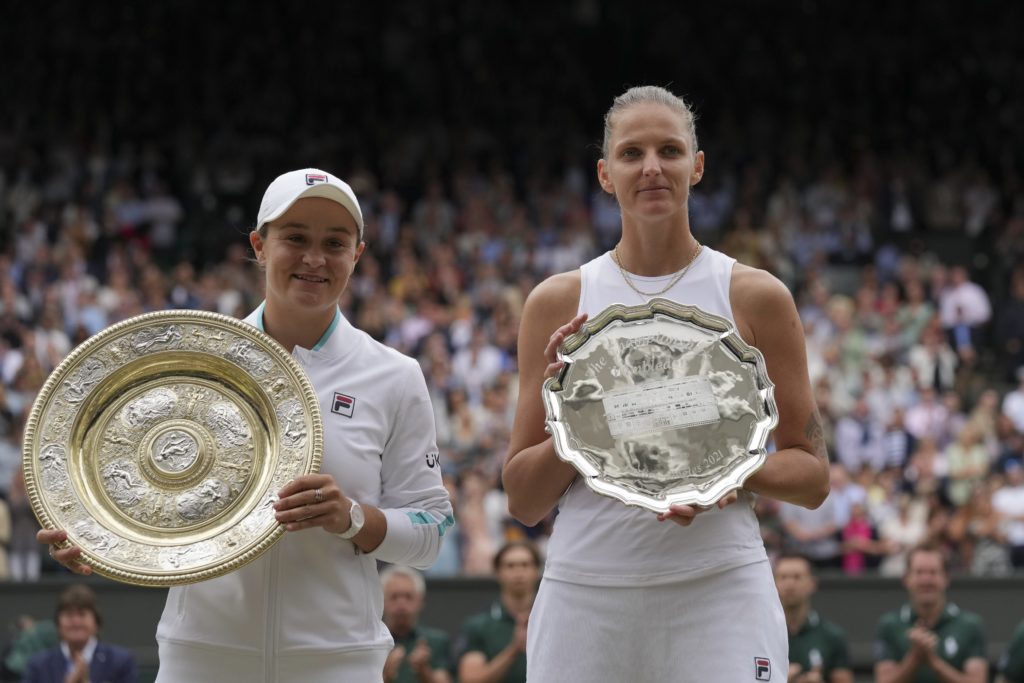
Up against eventual champion Ashleigh Barty, Pliskova played in her second major final (after the 2016 US Open). She also made it to the semis in Paris in 2017 and Melbourne in 2019.
In London, she was competing in her 35th Slam. Since spring 2012, she’s fought in 101 matches at leading events and racked up a 66-35 record.
So, what’s stopping the heavy hitter from closing out a championship?
It seems her greatest asset—her power—may also be her Achilles’ heel. While she’s more mobile than she once was, Pliskova is still absolutely terrifying on serve and can cut through any opponent when her shot is working for her. When it isn’t, she’s vulnerable and gives away unforced error after unforced error.
Will she be the best player never to win a Slam? I hope not, especially since her competitors with less successful and less lucrative careers have managed to win one (Jelena Ostapenko) and even two (Garbine Muguruza).
So close, yet so far.
Wimbledon and ESPN: in it for the long haul
Wimbledon is the world’s most prestigious tennis tournament. Period.
Everyone loves Wimbledon, especially in the US, where ESPN will be broadcasting the event for a while. Until 2035, to be exact.
That’s coverage of all courts, all day. About 140 hours on ESPN, ESPN2 and ABC. Head over to Sportico for all the details.
Before the event, I shared my opinion on the obsolete (and perilous) aspects of grass court tennis. I even called for the end of grass. I expected a few unfriendly comments but actually got very, very few.
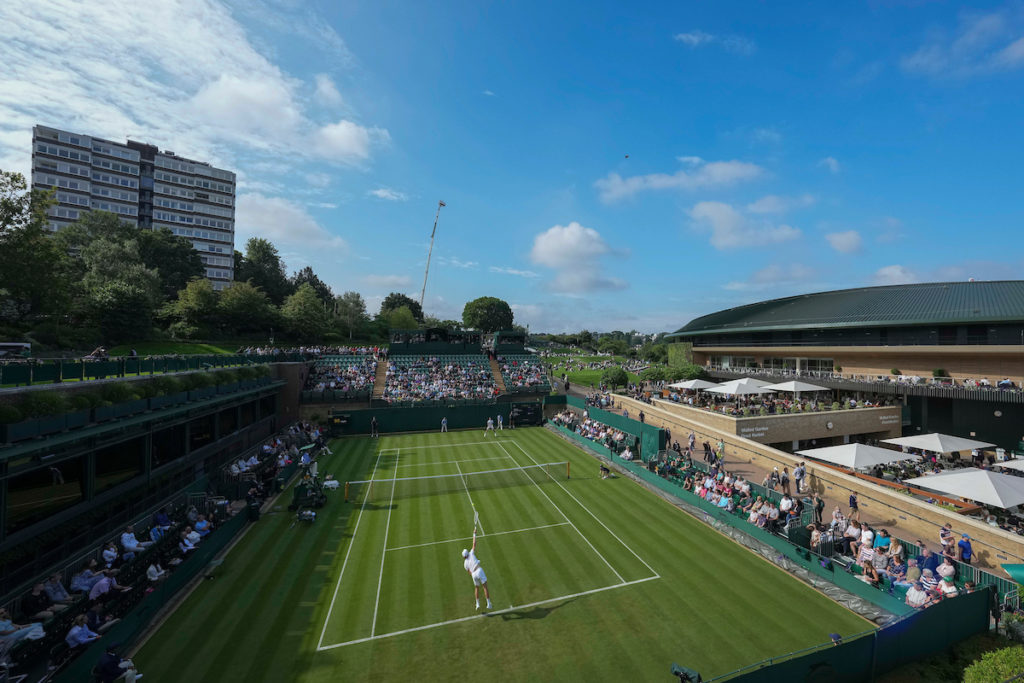
From the casual fans to the experts, most people very politely respected my opinion but wouldn’t ever dream of cancelling Wimbledon. The most frequent response went something like this: “Hmmm, maybe. I dunno. No. No, no, no. You can’t just cancel Wimbledon. It’s my favourite. It’s tradition. It’s so classy. It’s all green and white…”
Nothing really concrete or rational; mostly deep-seated sentiment and comfort.
And like many broadcasters around the world, ESPN has understood that.
End of discussion.
Benoît Paire 2.0?
Outbursts of anger and frustration aren’t uncommon in tennis.
They’re even understandable, as long as they don’t go too far, like the time the Djoker was disqualified from the US Open or Shapo got defaulted at Davis Cup.
That wasn’t the case for World No.193 Renzo Olivo at the Perugia Challenger. After losing his second-round match to No.325 Timofey Skatov of Kazakhstan, the 29-year-old Argentine smashed a ball into the stands. Not the end of the world, but the ball shattered a glass pane that fell to pieces right behind the chair umpire. Thankfully, no one was injured.
That’s all it took for another hot-tempered tennis player, Benoît Paire, to react on Twitter.
Get in touch with me!
Email: privard@tenniscanada.com
Twitter: @paul6rivard
Follow all our Canadians in action here.
